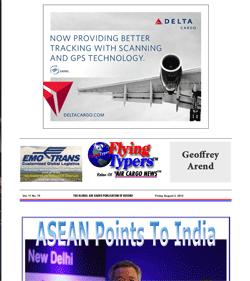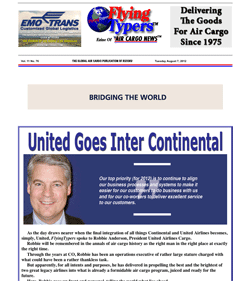| 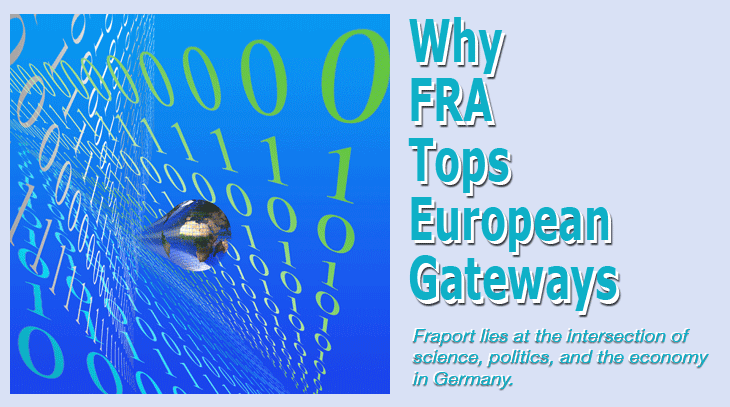
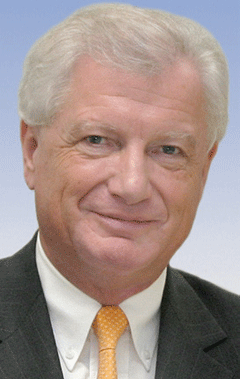 FlyingTypers
sat down with Volker Zintel,
project manager for air transport
and security for the House
of Logistics & Mobility
(HOLM). Mr. Zintel has a wealth
of experience and is well
connected; he served as executive
VP for FRAPORT in charge of
security, was the erstwhile
police chief at the airport
during the 1981-1984 Startbahn
West (takeoff runway) construction
years, which were plagued
by violent demonstrations
by its opponents, and was
interwoven with politics as
Mayor of Hochheim, an idyllic
town known for its wines that
lies 20 minutes southwest
of Frankfurt. FlyingTypers
sat down with Volker Zintel,
project manager for air transport
and security for the House
of Logistics & Mobility
(HOLM). Mr. Zintel has a wealth
of experience and is well
connected; he served as executive
VP for FRAPORT in charge of
security, was the erstwhile
police chief at the airport
during the 1981-1984 Startbahn
West (takeoff runway) construction
years, which were plagued
by violent demonstrations
by its opponents, and was
interwoven with politics as
Mayor of Hochheim, an idyllic
town known for its wines that
lies 20 minutes southwest
of Frankfurt.
HOLM
is a fully financed initiative
of the Hessian state and the
Frankfurt city government
with the objective of bringing
together an effective network
of science, politics, and
the economy to systematically
further develop the logistics
of the region. It also aims
to project concentric circles
to attract global expertise
and develop a new approach
to the socio-economic challenges
affecting the sustainability
of Germany as a logistics
powerhouse. It’s not
something one gets done in
an afternoon, but rather a
long-term vision borne from
the recognition that the key
players—airlines, airports,
and air traffic control—have
not succeeded, individually
or collectively, in communicating
with the public effectively,
and that endangers the long-term
viability of Europe’s
third largest passenger and
number one cargo airport.
And it’s not just the
airport per se, but the economic
engine that has brought a
level of prosperity that many
have long taken for granted.
Frankfurt airport is intermodal
when it comes to passengers
– the vast underground
train station handles anything
from regional to metro area
traffic with great efficiency.
As urban trends go, families
with small children are attracted
to the greener suburbs and
smaller towns only to discover
that commuting to a workplace
in the city becomes quite
a chore. The convenient public
transportation network doesn’t
extend beyond the city limits,
so eventually, the families
return. Current studies have
established that another 10
percent growth in metro public
transportation demand would
collapse the entire system,
bringing it to its knees.
Adding tracks and railcars
has limits.
Then
there is the paradox of the
well-heeled Burger flying
off to Phuket or the Maldives
for some sun and relaxation,
and once back home sits down
comfortably to e-mail complaints
about airport noise, without
seemingly connecting the dots.
It is also a sign of the times—the
conundrum of the quality of
life of an individual versus
the benefit to society as
a whole.
A
few generations ago there
were demonstrations against
the Vietnam War, then against
nuclear power plants and the
storage of spent fuel rods,
which mobilized activism.
Environmental movements of
all sorts have since sprouted
up and are now seeing another
incarnation in protests against
the airport, and special focus
on the new northwest runway,
opened last October, and the
noise resulting from new flight
approach patterns. Given the
flight frequencies, at certain
times of the day apparently
the noise is nearly constant,
affecting a whole new group
of citizens whose lives have
been disrupted. From day one
of opening the new runway,
landing traffic has been divided
50-50 between the old and
the new runway, so that the
impact was massive and immediate.
Forethought by all concerned
could have come up with a
better solution to gradually
shift the flights in 10 percent
increments at a time.
The
backlash has taken politicians
completely by surprise, according
to Herr Zintel, and the authorities
as a whole have been ill prepared
to address it—resulting
in a communications disaster.
The facts, if that mattered,
are that compared to 1980
and 1990, the overall airport
noise level is unchanged;
the former US Airbase and
the lumbering C-5, C-17, and
C-130 are gone. Modern aircraft
have a significantly smaller
noise footprint, yet the overall
number of flights has grown.
And
it’s not just Frankfurt
that received the entire media
blitz—a recent referendum
in Munich decided against
building a much-needed third
runway by 54 to 46, initiated
by the Green party. And the
citizenry of Munich is virtually
unaffected by airport noise
because of its location 25
miles northeast of the city,
while the communes nearby
had no vote, yet are next
door. And again, the politicians
were embarrassed because right,
left, and center lobbied for
building the 3rd runway. Societal
changes have generated a citizenry
ready to defend its lifestyle
and any real or perceived
infringement on it triggers
an outcry. Under these circumstances,
it becomes very difficult
to sustain, plan, and further
develop modern transportation
hubs, which, when measured,
are actually bursting at the
seams.
HOLM
aims to tackle this thorny
and complex phenomenon by
bringing together an aviation
management cluster comprised
of multidisciplinary experts.
Twelve universities, faculties
and institutes in the state
of Hesse (Hessen) are involved
to varying degrees—economists,
social scientists, and an
advisory board including businesses
such as Bombardier, Deutsche
Post DHL, Proctor & Gamble,
and FRAPORT. Contacts to the
Freie Universität Berlin
are ongoing, all in a concerted
effort to promote openness
and transparency and address
global challenges.
On
the cargo side, FRAPORT works
with HOLM on a joint taskforce
to study the chronic Cargo
City congestion problems.
With up to 1,200 trucks a
day during peak time but only
600 parking spots, it has
become an unmanageable situation.
There are many warehouses
to handle cargo, but Cargo
City was built without a rigorous
study of the needs. It turns
out even recently there has
been insufficient data available
regarding the breakdown of
truck movements, directional
information, or how many drops
each makes. There was the
anecdotal case of a truck
that made 17 drops. Contrary
to other major cargo projects,
such as the port of Hamburg,
which was well planned and
designed, at Cargo City this
is being done after the fact.
There
is much to do and only a much
more collaborative approach
and openness to new concepts
and ideas can succeed. It’s
a recurring theme—airlines,
handling companies, and airports
all need to turn a profit,
and clearly each has divergent
objectives, but it cannot
be at each other’s expense.
Ted
Braun |




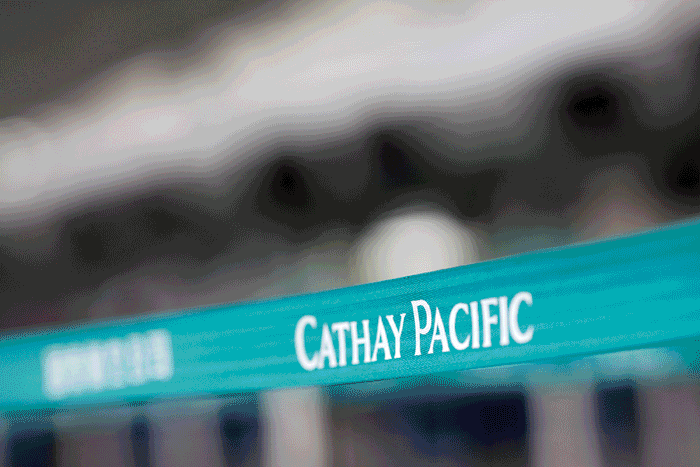

 FlyingTypers
sat down with Volker Zintel,
project manager for air transport
and security for the House
of Logistics & Mobility
(HOLM). Mr. Zintel has a wealth
of experience and is well
connected; he served as executive
VP for FRAPORT in charge of
security, was the erstwhile
police chief at the airport
during the 1981-1984 Startbahn
West (takeoff runway) construction
years, which were plagued
by violent demonstrations
by its opponents, and was
interwoven with politics as
Mayor of Hochheim, an idyllic
town known for its wines that
lies 20 minutes southwest
of Frankfurt.
FlyingTypers
sat down with Volker Zintel,
project manager for air transport
and security for the House
of Logistics & Mobility
(HOLM). Mr. Zintel has a wealth
of experience and is well
connected; he served as executive
VP for FRAPORT in charge of
security, was the erstwhile
police chief at the airport
during the 1981-1984 Startbahn
West (takeoff runway) construction
years, which were plagued
by violent demonstrations
by its opponents, and was
interwoven with politics as
Mayor of Hochheim, an idyllic
town known for its wines that
lies 20 minutes southwest
of Frankfurt.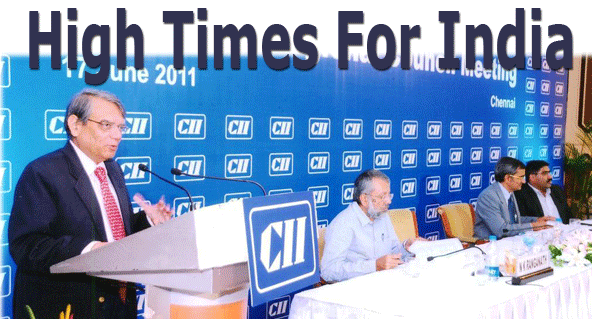 Rakesh
Mohan addressing the Confederation
of Indian Industry Regional
Council Meeting in Chennai
in 2011.
Rakesh
Mohan addressing the Confederation
of Indian Industry Regional
Council Meeting in Chennai
in 2011.
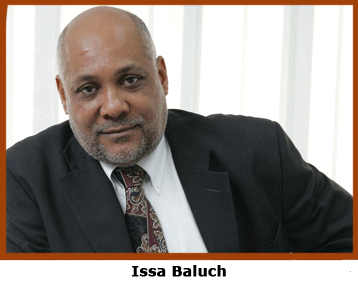 Issa
Baluch may know as much about
logistics as anybody you ever
met.
Issa
Baluch may know as much about
logistics as anybody you ever
met.

